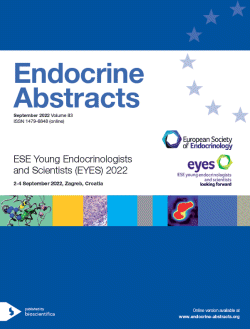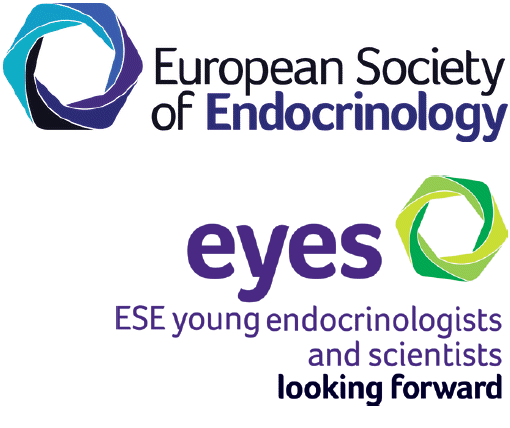Searchable abstracts of presentations at key conferences in endocrinology

ESE Young Endocrinologists and Scientists (EYES) 2022
Zagreb,
Croatia
02 Sept 2022 - 04 Sept 2022




